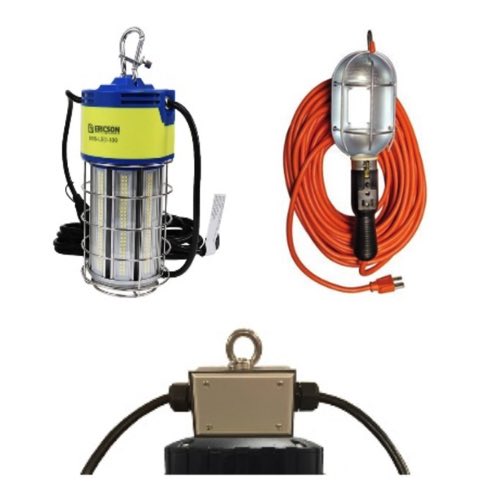Commercial Lighting

RSP Supply offers a full line of commercial lighting solutions designed to meet the performance, safety, and aesthetic needs of today’s business and industrial environments. Our selection includes LED fixtures, recessed lighting, high-bay systems, and smart controls; engineered for efficiency, reliability, and long service life.
Modern commercial lighting serves a critical role across offices, retail spaces, medical facilities, warehouses, and manufacturing environments. LED technology has revolutionized lighting by offering dramatically lower energy consumption, minimal maintenance, and superior brightness compared to traditional incandescent and fluorescent sources. Businesses can now illuminate large spaces effectively while reducing operating costs and supporting sustainability goals.
From recessed fixtures that save space in offices to high-output LED systems that illuminate industrial floors, the right lighting helps businesses create safe and efficient environments. With advanced smart controls and dimmable options, companies can tailor lighting to their exact operational needs.
FAQs
Q: What types of commercial lighting are available?
Commercial lighting options include LED fixtures, recessed lights, panel lights, high-bay and low-bay systems, outdoor area lighting, and smart-controlled lighting solutions.
Q: Are LED lights more energy-efficient than traditional lighting?
Yes, LED lighting consumes significantly less energy than incandescent or fluorescent bulbs, providing long service life and lower energy costs.
Q: Can commercial LED fixtures be used in industrial environments?
Absolutely. Many LED fixtures are built to withstand harsh industrial conditions, with high IP ratings for dust and moisture resistance.
Q: What are smart lighting controls used for?
Smart lighting controls manage light intensity, scheduling, and occupancy sensing, helping businesses optimize efficiency and comfort.
Q: Do recessed LED fixtures save space?
Yes. Recessed LED lighting is ideal for offices and retail settings with limited ceiling space, offering clean, efficient illumination without bulky fixtures.
Why Buy Industrial Lighting from RSP Supply
RSP Supply provides trusted, energy-efficient commercial lighting from top brands with fast shipping, competitive pricing, and expert support. Our team helps businesses select the right LED and smart control solutions to enhance safety, productivity, and energy efficiency. Whether outfitting offices, warehouses, or retail locations, RSP Supply delivers lighting solutions that perform reliably and help your business shine.

